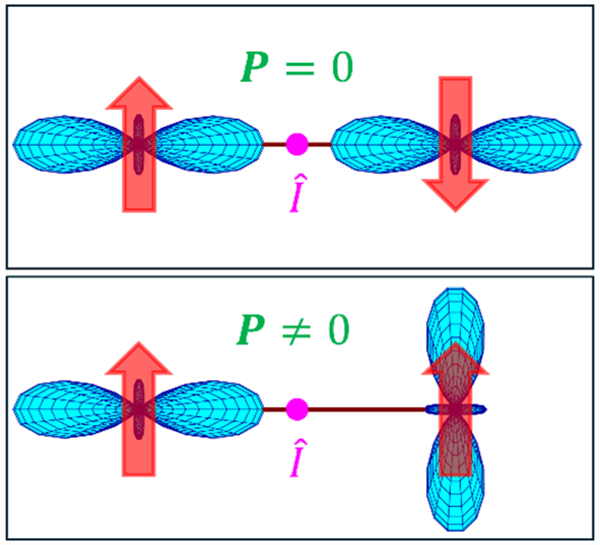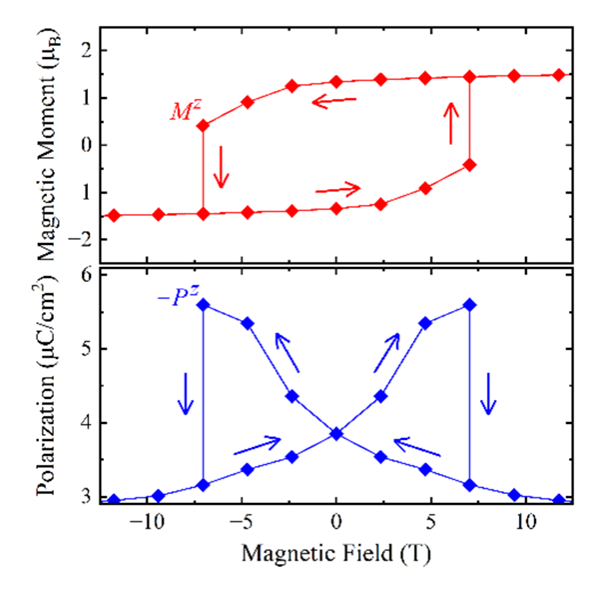MANA International Symposium 2025
Session 1-3
Abstract
In a broad sense, multiferroics are materials, where the ferroelectric order coexists with a magnetic one. These are the key material systems for achieving the cross-control of magnetic and electric properties by applying an electric or magnetic field. Nevertheless, literally, the multiferroicity implies somewhat narrower requirement: both orders should be of the ferro type, so that the material is not simply magnetic but ferromagnetic. This is particularly important for the cross-control applications: if the ferromagnetic moment is large, it can be manipulated by a relatively weak magnetic field. The same holds for the ferroelectric polarization and the electric field. However, the ferroelectricity and ferromagnetism obeys very different principles and very rarely coexist in nature.
We propose a new route for designing the ferroelectric ferromagnets using orbital degrees of freedom
Nevertheless, there is another point, which was overlooked in the earlier considerations: the antiferro orbital ordering not only stabilizes the ferromagnetic interactions but also breaks the inversion symmetry Î in the bond, which is a necessary precondition for the ferroelectricity (Fig. 1). Thus, at least the single bond can be simultaneously ferromagnetic and ferroelectric. The next goal is to find the materials where these bonds can be arranged in the ferroelectric way, i.e. when the ferroelectric polarizations in all the bonds are pointed in the same direction. This would guarantee that the material will be ferroelectric (rather than antiferroelectric), and the inversion symmetry is macroscopically broken.
We argue that such a situation can be indeed realized in the van der Waals ferromagnet VI3. Using realistic model, derived from first-principles electronic structure calculations
I am grateful to Sergey Nikolaev and Ryota Ono for collaboration on this work.


Reference
- I. V. Solovyev et al, Phys. Rev.B 110, 205116 (2024). DOI: 10.1103/PhysRevB.110.205116
- Ch. Day, Physics 17, s131 (2024). DOI: 10.1103/Physics.17.s131
- I. V. Solovyev, J. Phys.: Condens. Matter 20, 293201 (2008). DOI: 10.1088/0953-8984/20/29/293201
- I. V. Solovyev, J. Phys.: Condens. Matter 36, 223001 (2024). DOI: 10.1088/1361-648X/ad215a

